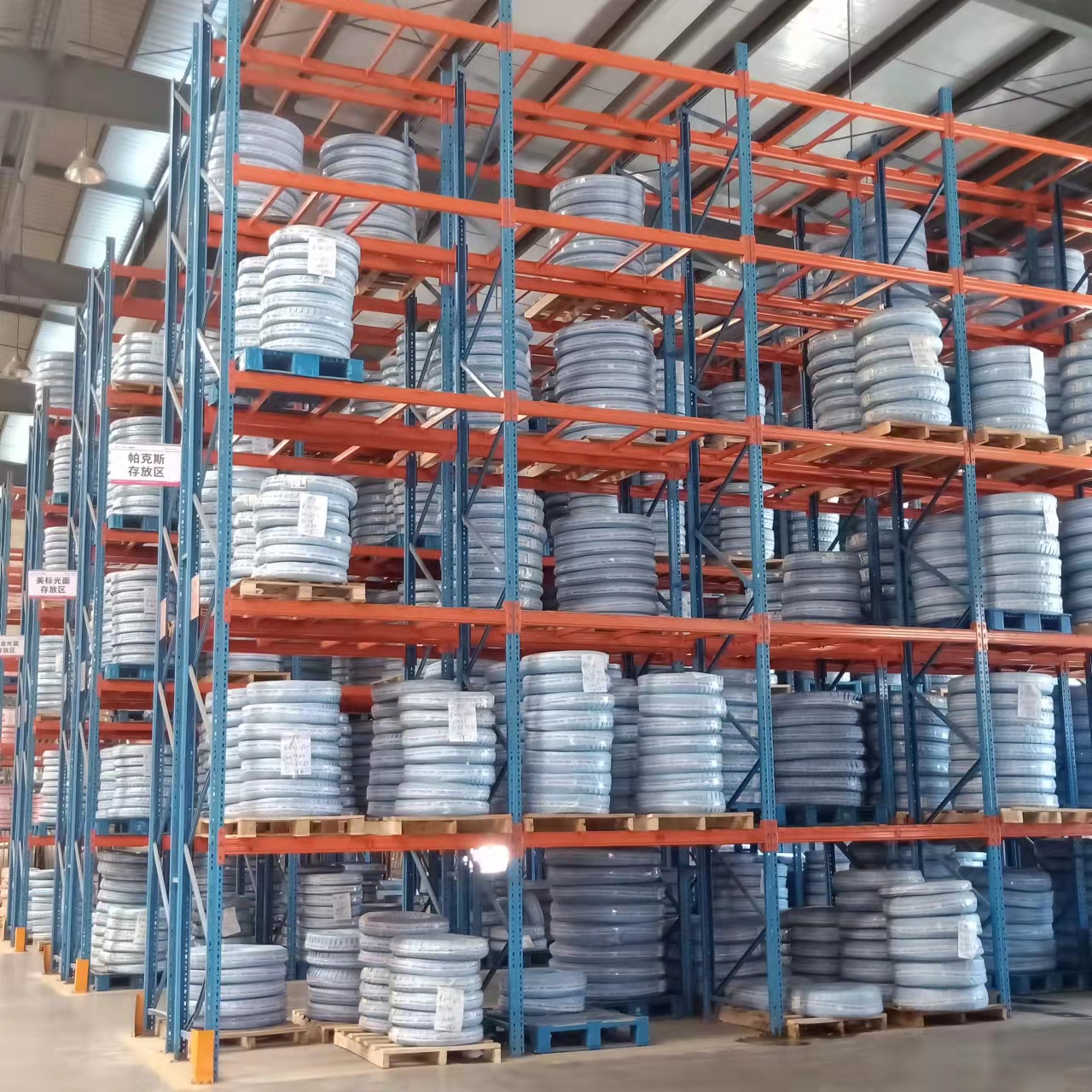Types of Wire Wound Hose
2022-09-07 09:49:22
Wire winding is a process of entangling two or more layers of wire. In this article, we will discuss the two types of wire wound hose, High pressure steel wire winding and 2-layer wire wound hose. Hydraulic hoses require wire winding. Wire is wound using a nozzle whose diameter is three times that of the wire.
Wire winding
Wire winding is a process in which the wire is manipulated to form a coil. Helical winding uses an helical structure, unlike spool winding which uses a cylindrical-shaped guide. This creates an optimal fill factor for round wires. During the winding process, the upper layer winding must be placed in grooves provided by the lower layer.
This process can be done manually or by machine. The machine uses computer controlled motors to move the component being wound. The guiding tube can spin at speeds up to 30 metres per second. Wire winding can be performed on coils with various diameters. It is important to consider the application when choosing the coil's pitch and direction.
The design of an electric machine will determine the shape and number slots in the winding. Slots can be parallel to the axis of the stator. Slots can be simple or double.
2-layer wire wound hose
A 2-layer wire wound Hose is versatile and can be used for a variety of purposes. These products are typically used in automotive applications, and are superior to PVC alternatives for marine cooling and heating. These flexible products come in a variety of sizes and gauges so you can choose the right size to suit your needs.
Unlike braided hose, a 2-layer wire wound hose is not kinked. Throughout the entire process, the wires are oriented in a single direction. They are also in phase when they exit the polygonal shaped wheel. They are then wrapped around an intermediate hose body.
The wire reinforcement used in a 2-layer wire wound hose can be made of steel, copper, or brass. It can also contain organic adhesion promoters. The wires are then subjected to high pressure, resulting in a percentage total elongation at break (E-ratio) of about 72504 N/mm2.
High pressure steel wire winding hose
High-pressure steel wire winding is a great choice for applications that require high temperature and pressure resistance. It is constructed with two layers of rubber: an inner liquid-resistant layer, a middle rubber layer, and a steel wire braid. This construction is durable and reduces friction between steel wires in the same layer.
Four to six layers of steel wires are used to reinforce spiral wound hoses. This reinforcement has excellent tensile strength and stiffness, and is highly resistant to pressure spikes. Spiral hoses also have smaller bend radius than braided hoses, making them ideal for large-diameter high-pressure applications.
Retractable hose reels EZ-COIL feature a spring-driven mechanism with an adjustable guide arm. These features allow the hose to be retracted up to 80% slower than standard hose reels. It also has a locking mechanism that allows it to be locked at the desired length.